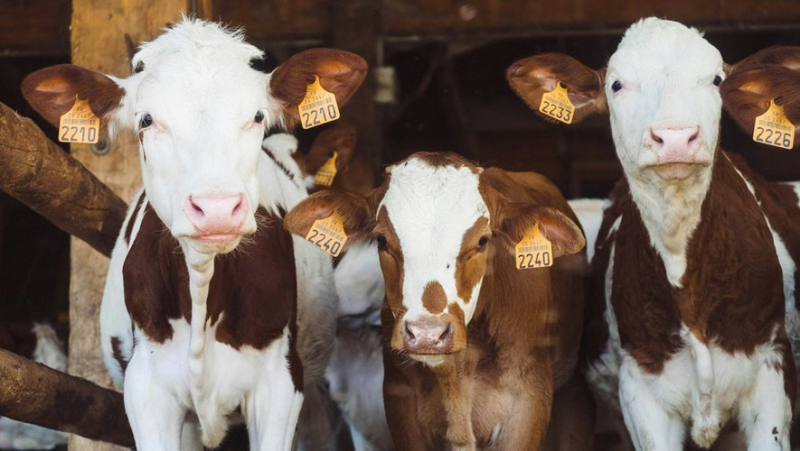Towards an animal welfare “nutriscore” ? ANSES proposes that labels take into account breeding conditions

These labels must be used for each sector or category of animals targeted. Unsplash – Annie Spratt
To inform consumers about the well-being of the animals used to produce their meat, dairy products and eggs, the health agency Anses proposes to take an interest not only in their breeding conditions on the paper, but to study the animals themselves, according to a report published this Thursday, May 2, 2024.
A chicken farm may have perches but do they really use them if they are not suitable? The temperature, ventilation and dust level can be controlled, but do animals sneeze ?
Les principes :
🔹 un cadre scientifique,
🔹des indicateurs mesurant directement l’état de bien-être de l’animal,
🔹une prise en compte de tous les animaux des filières de production, y compris les reproducteurs. pic.twitter.com/zIFWmhr5eV— Anses (@Anses_fr) May 2, 2024
No EU legislation currently governs "animal welfare claims or labeling", explains Anses in its opinion. Some rules just regulate information on production methods such as "Organic farming" or the method of raising laying hens (in cages, in the open air, etc.).
There are various labelings at national level and/or for particular sectors, such as broiler chicken in France, "without their specifications being comparable and sometimes verifiable, generating confusion and doubts among consumers", estimates Anses.
The organization therefore took it upon itself in 2021 to recommend guidelines with the aim of possible harmonization at the European level.
A five-level classification
It proposes a classification at five levels ranging from the best (A) to the weakest (E), the latter level corresponding to strict compliance with existing legislation on life in livestock, transport and slaughter.
L’Anses recommends that the assessment focus primarily on "the state of welfare of the animal" with indicators noted directly on the beast.
It suggests taking into account eight risk factors: genetic characteristics, breeding techniques, breeder practices, accommodation, housing, etc. rsquo;feeding, the steps taken to ensure the good health of animals, limiting the use of stressful or painful practices and reproduction.
Food, for example, must be easily accessible and adapted to the species and age of the animal, but must also satisfy its behavioral needs such as burrowing for pigs or pecking/scratching for poultry.
The organization recommends taking into account all stages of life – breeding, transport and slaughter – as well as breeders specializing in the improvement of genetic characteristics and reproduction.
"We cannot say that a production respects animal welfare if we know nothing about the living conditions of the previous generation& quot;, underlines Julie Chiron, expertise coordinator at Anses.




